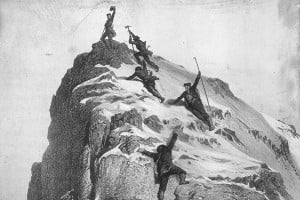
Natalie Berry interviews 94-year-old Gwen Moffat about her climbing- and mountain-themed crime novels, which are now being released in electronic form...
In addition to being Britain's first female mountain guide and a talented climber, Gwen Moffat carved out a career as an accomplished writer. Shunning traditional gender roles of the '40s and '50s, Gwen first tried her hand as a driver and dispatch rider in the Army, a forester, winkle-picker, helmsman of a schooner, artist's model and mountain guide before focusing on crime writing from the '70s onwards.
Gwen's crime novels in the Miss Pink series are gradually being released as e-books. The 16 books in the series - and one independent novel - are coming out at successive monthly intervals. The first two in the series, Lady with a Cool Eye and Miss Pink at the Edge of the World are currently available to download via Endeavour Media.
'Miss Pink is a big lady with a big presence. She aged with me so she could do what I did: not a great climber but an intrepid horsewoman. Accustomed to violence, privy to every kind of abuse: of women and children, animals, the environment, she made sure, if vicariously, that retribution was delivered with a kind of maverick justice. This is one politically incorrect woman and she satisfies me, filling gaps: not really me but someone I'd have liked to be.'
Climbers will most likely know of Space Below my Feet - the story of your climbing exploits. However, you have written significantly more fiction books; crime novels in particular. What is it about this genre of writing that you enjoyed?
It wasn't the writing so much as the research that I enjoyed, more correctly the field work. I prefer unfamiliar places; it's the initial impact that counts. You go there and start to wander. You climb, watch animals, absorb – and at some point something, perhaps a feeling that morphs to a theme, evolves, or is suddenly there and starts to evolve. You start to home in on an objective which then suggests the plot: a grouse wing in an eagle's eyrie, so like the bones of a hand; the moving of a vital cairn in a maze of Utah canyons; abuse anywhere: of children, women, animals. Then you find a bolt-hole and write it. The writing's not so much enjoyment as satisfaction in creating characters, allowing them to play their roles, finally doling out justice. Then you look for the next place to find the next book.
As opposed to the field work, sharing is the joy. You've had the delight of exploring a new country solo, run the gamut of emotions: wonder, delight, awe; you've succumbed to beauty and, almost, to panic, taken risks without calculating them, you've lived, and now there is a compulsion to share those experiences. Exploring was great (not forgetting the hairy incidents) but an essential preliminary: the backdrop for drama, a setting for a cast of characters inspired by family, friends, lovers, the chance-met saint or delinquent, ships that passed in the night, giving them a plot to act out under your supervision – this is playing god. That in so doing you earn money is a bonus. Who was it said that work is more fun than fun?
I didn't so much enjoy the genre of murder, but rather I conformed. Wild country, extreme weather and conditions, eccentric people, raw emotions: the wilderness is full of violence. Human beings are capable of any sin from malice to murder but we have self-discipline. Nature has its own order. The two elements can clash with innumerable permutations. In my book murder fits.
Your crime novels are set in wilderness environments, often with climbing themes, which makes a change from the typical inner-city crime thriller. Are these stories imagined whilst you are active in the outdoors, or do they come to life when you're sat writing at a desk, or elsewhere?
The settings are reality to the extent that whole features can be recognised, although usually readjusted, tweaked for the demands of the plot. The stories start from a factual base too. Killer whales in the loch, illegal slaughter of protected animals, explosives sealed in an old mine, a confidential murmur from police: "did he fall or was he pushed?" These are random pointers, seeds that fall on fertile soil, and that's experience overlaid with the rich compost of imagination. So the killer whales are moved to the sea stacks and climbers fall, the explosives are discovered by cavers, a lost hiker hears the poacher's shots, a knot was loosened. "What if?" is the exciting and crucial question the crime writer is always asking herself. You start with facts and the rest is creativity.
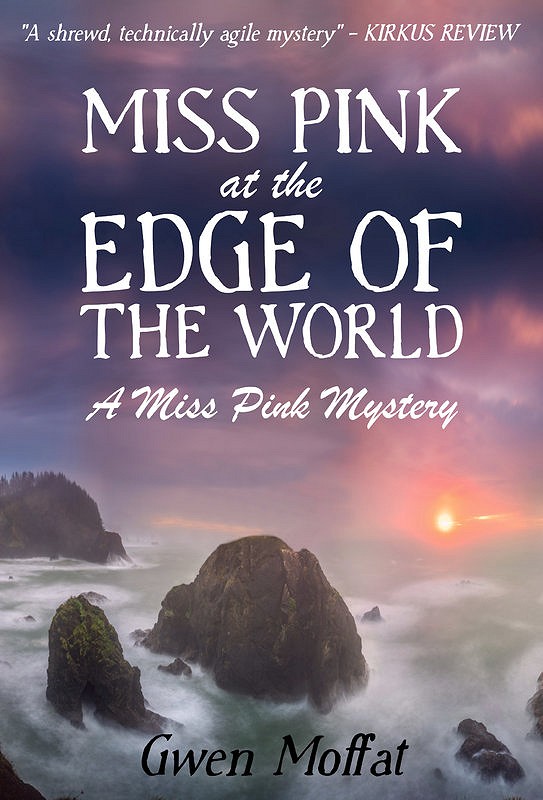
Tell us about Miss Pink. You wrote in an email to me that she is 'not really [you] but someone [you'd] have liked to be.' Is she a semi-autobiographical alter-ego of some sort?
The prototype for Melinda Pink was a Rochdale librarian, a big powerful woman of considerable presence, cool but adventurous. I fleshed out the image, realising as time went on that she was becoming not so much my alter ego as the inner person I would have liked to be. So I adjusted the character. She was not much of a climber, more a scrambler; she was a good rider although subject to risky impulses – like me – and surviving by luck and bloody mindedness more than skill. Her innate qualities were far superior to mine; she was wise, above all she was ruthless – although, being involved in cases of justifiable homicide, she had occasion to be. There was more than one occasion that she joined a conspiracy of silence. Miss Pink was not politically correct.
Miss Pink is described as a people watcher and an amateur detective, as well as a keen climber. Do you think climbers make for good detectives due to their typically analytical nature?
The ability is there. An expert follows – can detect lines up a cliff, work out the sequence of holds on rock or a route through an icefall: is aware of cause and effect. The mountaineer must be an acute observer of the lie of the land, of weather and its portents, of the condition and attitudes of people in her charge. However, climbers are single-minded, concerned with the present, incurious as to why and how (the crime novelist's main concern.) The doyen who broke the mould with his meticulous research into the circumstances surrounding mountain catastrophes was Iain Thomson, author of The Black Cloud and High Risk. Totally without sentimentality, he would have made a great detective.
Where are the novels set? You have mentioned Skye, the Hebrides and St Kilda. Is Scotland a particular inspiration for your writing?
Scotland was a favoured setting because there was so much of it and so much was wild. The Far North enchanted me, I took three days to walk round the Parph, that untracked corner of Scotland culminating in Cape Wrath and the bird cliffs of Clo Mor. I climbed the mountains I never had time for when Skye and the Ben got in the way. It was the morning I traversed Quinag that a crofter told me the reason there was no wildlife about was because "the killers is in". It was my introduction to killer whales and I needed nothing more for a book but more came. I walked the strand at Sandwood Bay, studied Patey's Buachaille and the Old Man of Hoy; I stole the fine House at Inverewe, and the crazy pass to Applecross for my plot and someone told me about all the young men of a remote community being lost at sea and the bodies "came back with the tide, one by one into Calava Bay." The blood ran cold.
There were more books from Scotland. The Cuillin featured of course, with a disguised Glen Brittle (I inserted a hotel run by an ex-Army officer who had an aversion to uncertified guides). Lochinver and Lower Diabeg were the background for a childish prank gone wrong. Torridon figured, Deeside, the Cairnwell...and that was just one country. There was Snowdonia which was my home ground, the Lakes and the Northern Pennines, finally America. I gorged on America from Montana to New Mexico and all the red rock country where canyons are a dream world, and the West is a million square miles with always a mountain in sight.
Tell us briefly about some of the adventures that Miss Pink gets up to.
Where I went, Miss Pink followed. I made her the same age as me, and athletic, although large. But what I could do, so could she, putting the lie to pedestrian reviewers who questioned that a woman of sixty, then seventy, could ride wild horses and climb. But her climbs were scarcely more than moderate; the horses were a different kettle of fish and if they terrified me at the time, she was appalled. When she took a direct line up a canyon wall on an Arab mare that hated climbing, she emulated every emotion, suffered every bruise, uttered every dying gasp that I did, scrambling direct out of Yellowstone Canyon. When we came out on the rim, horse and me shaking like leaves, I thought grimly that this was another one for the book. Private Sins told it how it was; even the ghastly accident that was suffered by the practical joker is an occupational hazard of riding in bear country except that in my novel it wasn't an accident.
"What if?" was the mantra. Miss Pink followed me but went further. I heard a lion calling above Death Valley (but she encountered it in Last Chance Country). We both went on the autumn roundup in the Rockies when the cattle are brought down out of the mountains and you must ride in pairs because of the grizzly bears and both she and I knew we'd never be able to stay on if we encountered a bear and the horses bolted. And, like the lion, Miss P. did see the bear and there was a stampede and she did come off….
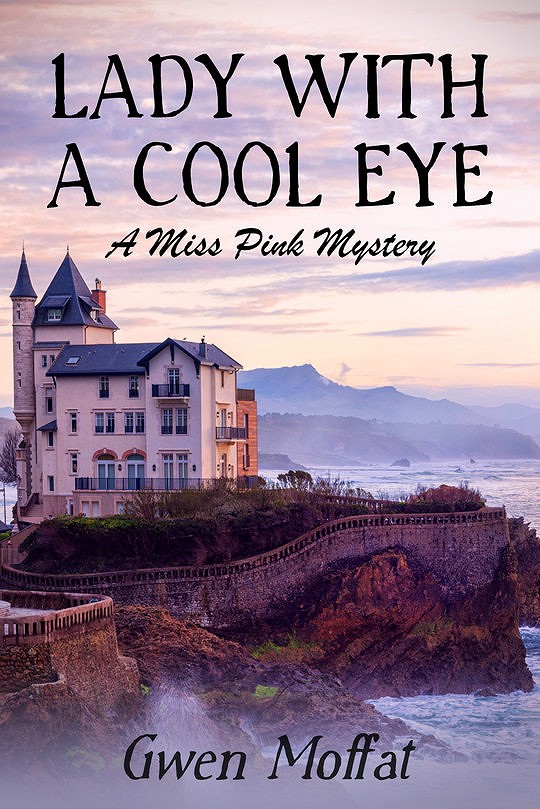
How does it feel to see your books 're-printed' in electronic form, years after they were first printed?
It feels great: an extension of the sharing business. I had a grand time finding my material and satisfaction in making books out of it. People enjoy reading them and say so. A new edition means more readers, more friends. They complete a process. I'm good with that.
Miss Pink at the Edge of the World, Book 2 in the series of 16 Miss Pinks was published on-line on Sept. 21st. Others are appearing at monthly intervals. Lady with a Cool Eye was August's issue, Over the Sea to Death and A Short Time to Live will appear in October.
You describe this news as 'the phoenix rising.' Are you continuing to write more novels, short stories and poems? What's next for you?
Phoenix rising? That's promotion talk.
No, no books or short stories. The vocabulary has gone, the energy, the time, the creativity. Passion is dormant; a small spark can flare for long enough to write a thousand words but never the steady fire that must sustain a writer for the length of a book or the discipline of a short story.
What's next is what is. It's what has carried over from the old life: the literary one, although it was necessary in the climbing one too: the power of observation. I watched and shared. Now I watch but feel no need to share with everyone. From mountains to cats, people to bees, everything, I observe and feel no compulsion to make notes, take pictures, to tell, except perhaps one or two intimates. I have a feeling that in another life I expended myself, now I am reaping a reward. What I expended, the nature of the reward, I can't identify. Does it matter?
An anthology of women's adventure writing has just been published, Waymaking by Vertebrate Publishing. Why do you think so few women have had works published in the outdoor/adventure sphere, either fiction or non-fiction?
They don't have time. Most have jobs. When not working they climb. Writing is demanding and needs immense concentration, there isn't room for anything else; something is going to suffer: family, friends, even the climbing. It's a selfish pursuit. Successful writing needs those elements I lack now. Experience helps. I was 37 when I published Space Below my Feet and it wasn't a literary work. I learned a lot about writing as I wrote.
- SKILLS: Top Tips for Learning to Sport Climb Outdoors 22 Apr
- INTERVIEW: Albert Ok - The Speed Climbing Coach with a Global Athlete Team 17 Apr
- SKILLS: Top 10 Tips for Making the Move from Indoor to Outdoor Bouldering 24 Jan
- ARTICLE: International Mountain Day 2023 - Mountains & Climate Science at COP28 11 Dec, 2023
- ARTICLE: Did Downclimbing Apes help Evolve our Ultra-Mobile Human Arms? 5 Dec, 2023
- ARTICLE: Dàna - Scotland's Wild Places: Scottish Climbing on the BBC 10 Nov, 2023
- INTERVIEW: Loki's Mischief: Leo Houlding on his Return to Mount Asgard 23 Oct, 2023
- INTERVIEW: BMC CEO Paul Davies on GB Climbing 24 Aug, 2023
- ARTICLE: Paris 2024 Olympic Games: Sport Climbing Qualification and Scoring Explainer 26 Jul, 2023
- INTERVIEW: Malcolm Bass on Life after Stroke 8 Jun, 2023



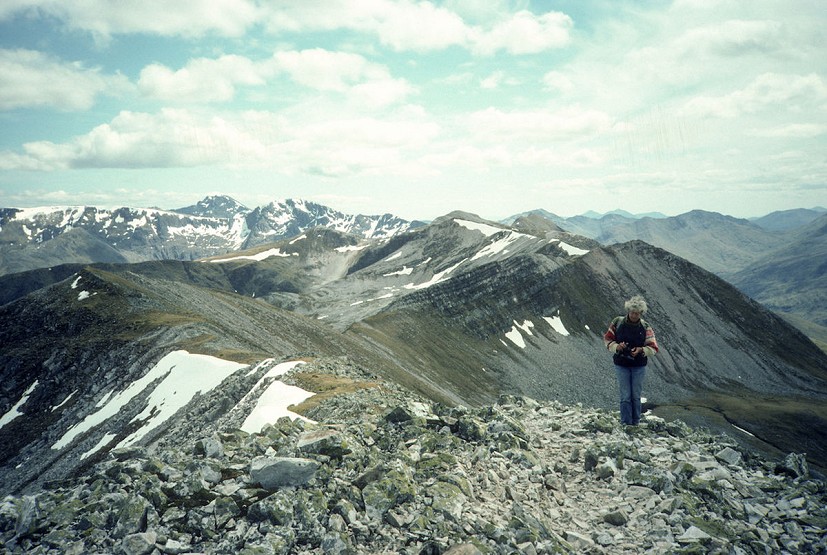
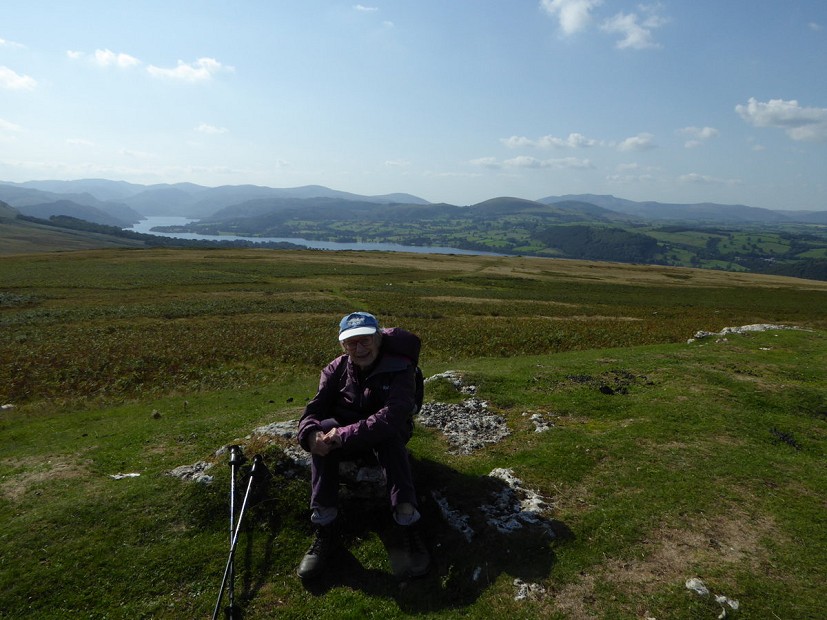
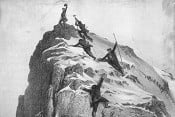

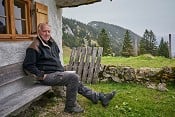
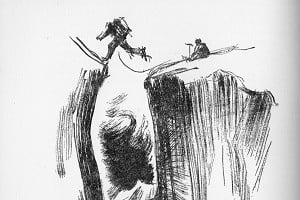







Comments
Gwen's a gem isn't she.
Nice interview. What a character, saw her at Kendal a few years ago, a formidable woman.
I can remember a piece by Ms Moffat in one of my first ever Climber magazines.
The story was about a hard day on the hill, possibly an MR scenario.
Arriving at the pub late at night to hook up with her partner, she received a hug, a sniff and the question:
"What's that smell? Peat?"
"No," she replied: "Balenciaga's " Le Dix"."